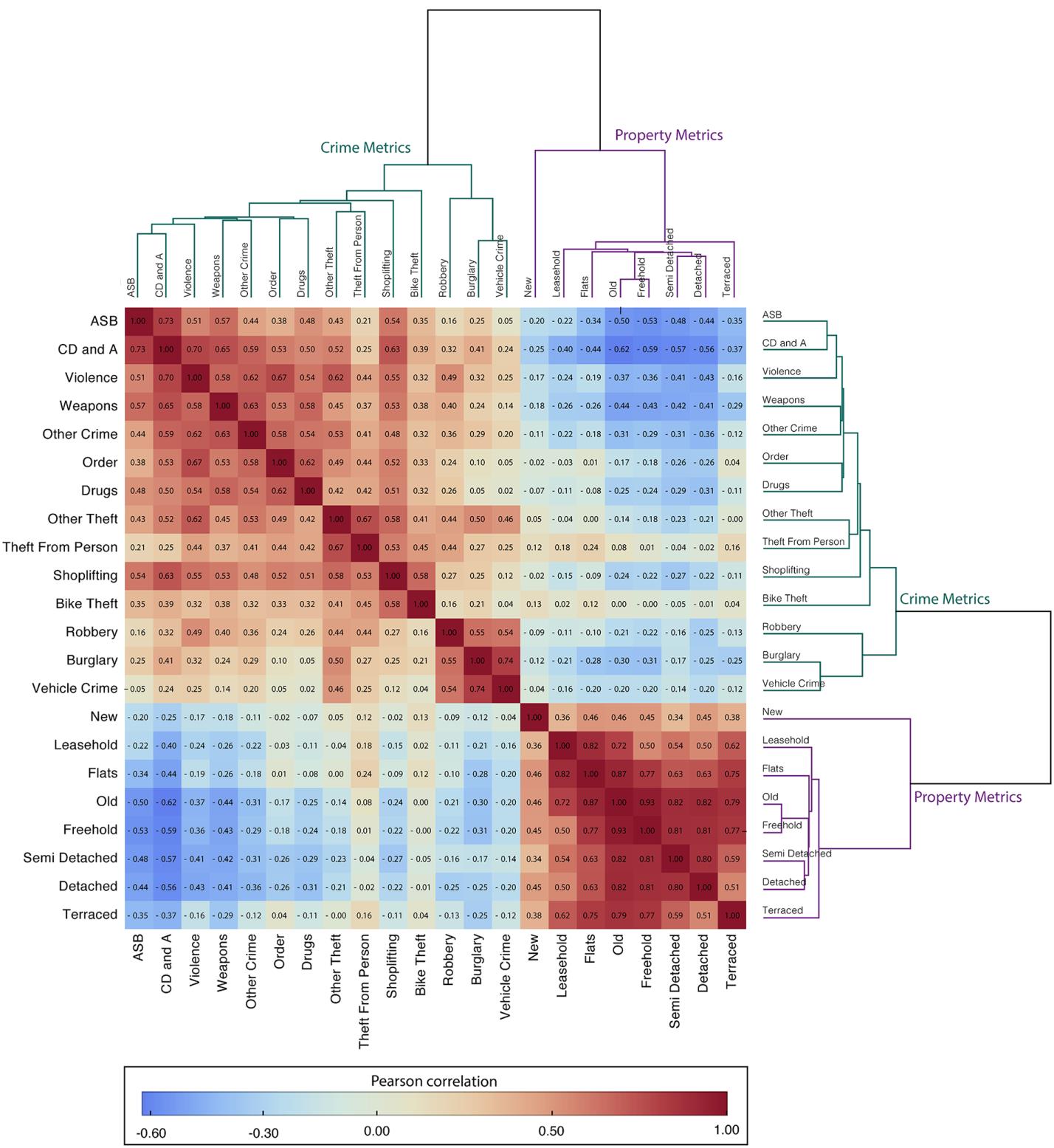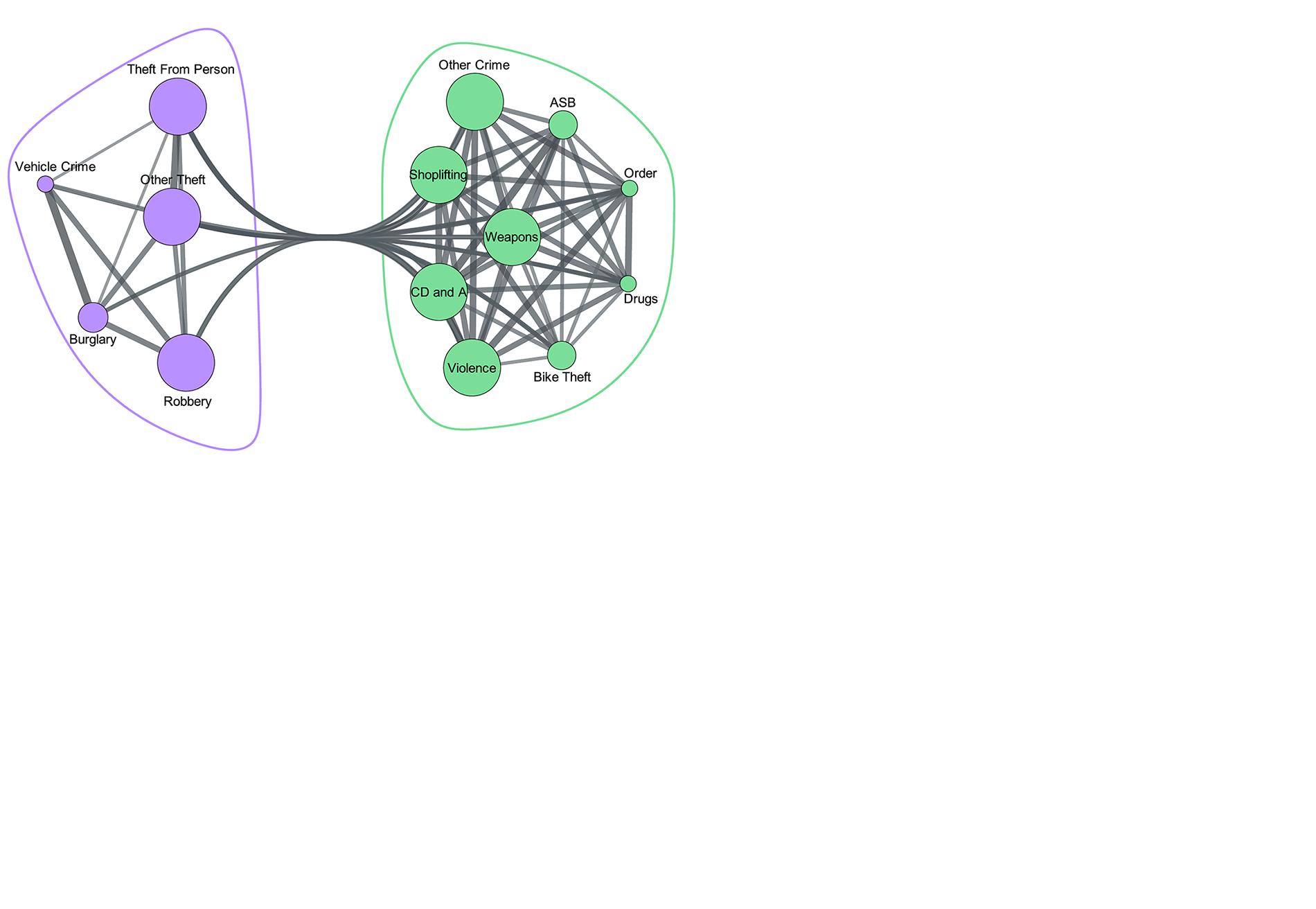The leading crime and postcode data research and analysis platform
Crime now updated to April 2018
June 6th, 2018Property prices updated to April 2018
June 4th, 2018The leading crime and postcode data research and analysis platform
Chasing up missing and questionable data with the Home Office
May 24th, 2018Just to keep you informed, a couple of days ago I emailed the Home Office via police.uk to query some and chase down some missing data. I have copied my email below. They have replied and said they have forwarded to the relevant civil servants and will update me when they have an answer.
Dear Sir,
We are getting in touch to question the following data which looks wrong, please can you check/ask for confirmation from the relevant Police Forces?
Gwent Police – http://ukcrimestats.com/Police_Force/Gwent_Police – March 2018 ASB total looks low and violent crime looks high (suggest they have been mixed up a bit)
City of London Police – still missing Feb18, Jan18, Oct 17. See http://ukcrimestats.com/Police_Force/City_of_London_Police . March 2018 and September 2017, May 2017, Feb 2017, Dec 2016 and earlier ASB totals look improbably low (frequently zero).
Please can you investigate?
With many thanks.
Regards,
Dan Lewis
We are fully updated to the latest month
May 16th, 2018The leading crime and postcode data research and analysis platform
Quentin Hanley: unveiling relationships between crime and property types
March 22nd, 2018A guest post by Quention Hanley:
Roughly two years ago, we pointed out a key feature of crime: its tendency to accelerate as population density increases. This type of behaviour has been observed many times in many parts of the world. The features of cities and urban regions that increase opportunity for crime also accelerate property values and productivity.
Recently, Dan Lewis, Haroldo Ribeiro and I looked deeper into the data set of police reported crime and property transactions. We wanted to understand better how to measure a location’s uniqueness and how different measures relate to each other.
How can we define what makes a location special? First we need to remove the part that is predictable due to population density and see what is left. In simple terms, some places are special. We expect a region to have a particular amount of crime but see less (possibly much less). Another location may have a much healthier property market than we expect. These are examples of regions that are better than expected. The opposite may be true. We see more crime and a depressed property market. In our study, we call this information density scale adjusted metrics (DSAMs).
We took all this information and tried to understand patterns. How do different indicators relate to each other? Do wealthy neighbourhoods (based on a healthy property market) attract burglars?
The figure below is a way of presenting what we found. The red colours show positive correlation (e.g. Anti-social behaviour (ASB) is strongly associate with criminal damage and arson (CDA)) and blue colours indicate negative correlation (e.g. CDA is high where property indicators are low). Overall, this figure indicates that if you live in a region with an exceptionally buoyant property market you are also likely to be exceptionally safe from crime.
The figure also sorts crime and property types into hierarchies. For example, Robbery, Vehicle crime, and Burglary form a cluster but are relatively distant from another cluster consisting of ASB, CDA and Violence.
This helps us to understand how measures of exceptionality relate to each other but the two dimensional grid presentation limits our perception to paired behaviours. We can also look at this as a complex network as in the figure below.
If we do this we can see a modular structure for crime dividing it into two groups roughly divided into acquisitive types of crime and all others. The division is not perfect but clearly one module contains the more violent and aggressive crime types and the other many of the acquisitive crimes. Although not easy to see, CDA is the crime with the highest connectivity to the other crime types in its module. In our study, we found that CDA was one of the most influential crime types in terms of its connectedness to other serious crimes like violence and weapons. It also was associated with depressed markets across all property types.
We hope this type of study helps us understand how to protect communities and allocate scarce resources better. If you are interested in the study beyond this general overview, the paper may be found here.
Price paid data for property prices from Land Registry
March 10th, 2018Crime now updated to January 2018
March 10th, 2018We have updated to the very latest postcodes
March 10th, 2018This has to be done every few months – they are anything but static and become out of data quite quickly. We have added just over 4,000 of them in this update alone !
Here’s one in Scotland – AB10BBP. And here’s another right in the middle of Sutton, South London – http://www.ukcrimestats.com/Postcode/SM19QE.
2,500 plus have also been retired and quite a few have been restored.
Gwent Police missing crime data
March 1st, 2018A couple of months ago, we alerted the Home Office to the missing crime data of Gwent Police for which they thanked us and flagged up on their data page a bit later. Basically, missing burglary counts and some other omissions. This has a downstream impact on postcodes and other shapes covered by that area – they typically start with NP. So please be aware that if you are seeing record drops in burglary counts for that area, it’s more likely that the data has not been submitted yet We aim to correct this as soon as the data becomes available.
High growth in recorded violent crime over the last few years
January 9th, 2018A few days ago, the Argus newspaper cited our data showing a marked increase in recorded violent crime across Sussex. I just ran a report on our Analysis page and actually, Sussex is far from alone, or even anywhere near the top. All Police Forces apart from Northern Ireland have shown an at least 50% increase and up to nearly 4 times increase in reported violent crime between November 2013 and November 2017. The caveats of course need to be emphasised;
i) crime that was not showing up as reported or recorded may now be much more likely to be so
ii) Not all “violent” crime is actually violent crime against the person – it includes verbal abuse
I’d also like to add that whereas Police Forces have undoubtedly come under budgetary pressure in recent years, it would be a mistake to see a unicausal relationship between Police budgets going up or down and the level of crime.








